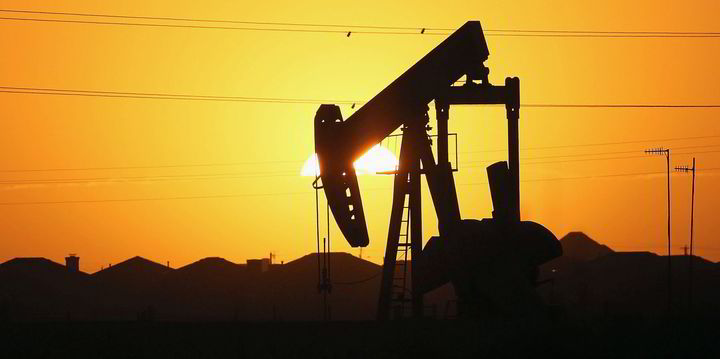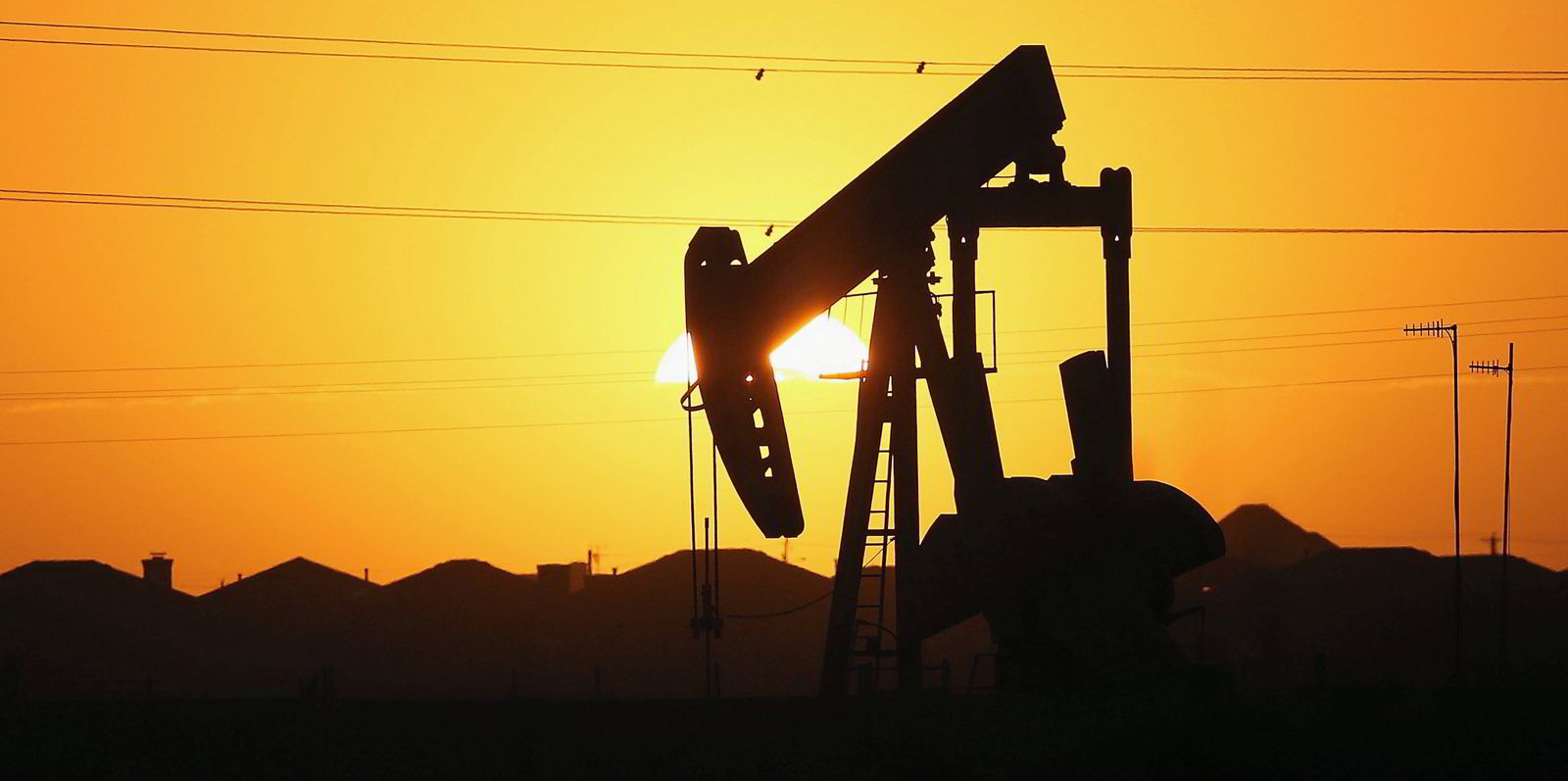ExxonMobil is developing a powerful data analytics platform to measure methane emissions in the US Permian basin with plans to scale the technology globally.
The US supermajor is working with Amazon Web Services and atmospheric technology company Scepter to analyse emissions from a range of monitoring platforms that operate on from the ground, in the air, and from space.
The companies say the technology has the potential to be applied to a variety of industries, including energy, agriculture, manufacturing, and transportation.
“Technology solutions are essential to reduce methane emissions globally,” said Sam Perkins, ExxonMobil Unconventional Technology portfolio manager.
“ExxonMobil is at the forefront of the development and deployment of new state-of-the-art detection technologies as we continue to expand our aggressive continuous methane monitoring program. This collaboration will enable us to further scale and enhance methane emission detection capabilities while also having the potential to support similar efforts in the industry,” he added.
Scepter, a company that specialises in using global Earth and space-based data to measure air pollution in real time, is working with ExxonMobil and AWS to conduct stratospheric balloon missions to test the optimisation of methane sensors in high-altitude conditions.
Article continues below the advert
AWS was brought in to develop an analytics platform that can analyse the emissions data from a range of detection capabilities, which will eventually include satellites.
“Advanced AWS cloud services make it possible to rapidly synthesise and analyse information from multiple data sources, and are a perfect choice to help Scepter achieve its goal of helping customers reduce methane emissions,” said Clint Crosier, director of Aerospace and Satellite at AWS.
“AWS’s secure, global infrastructure will help Scepter rapidly and reliably deliver high-quality, actionable insights to its customers, when and where they need them the most.”

